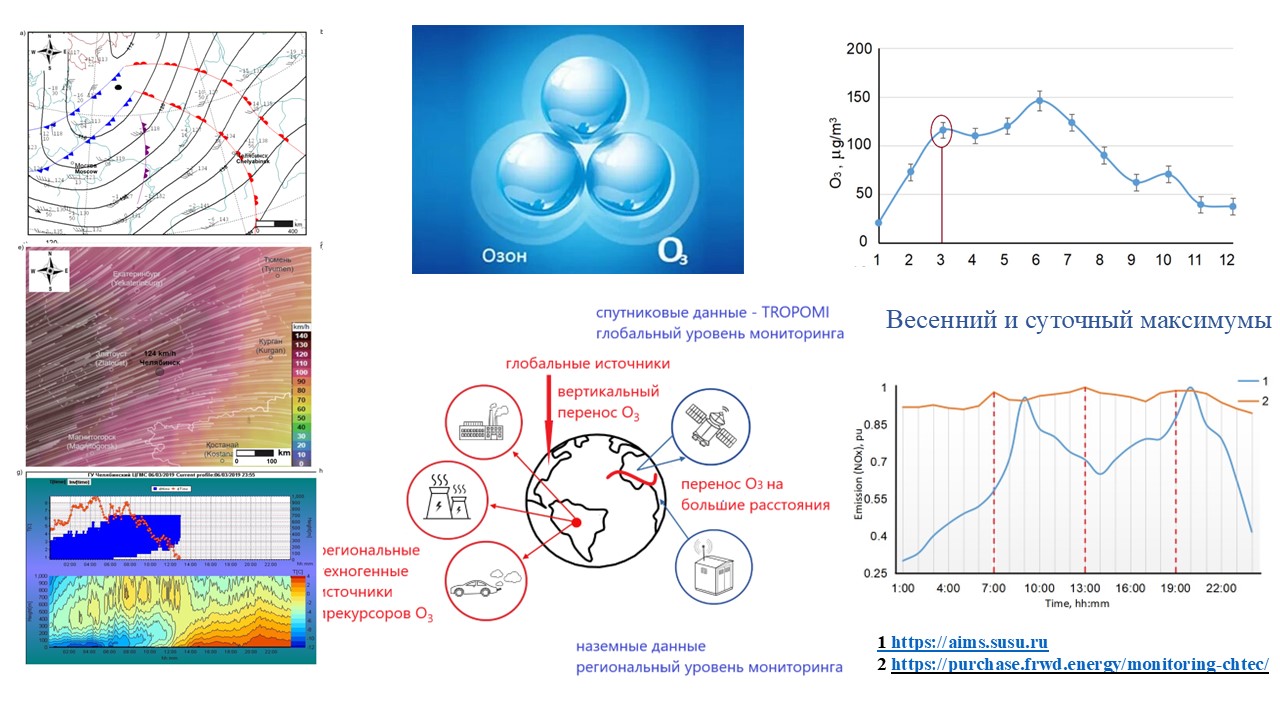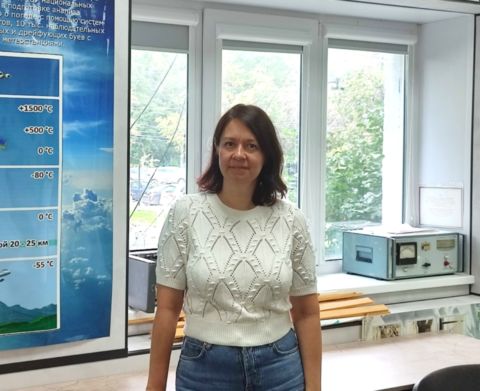According to laymen beliefs, ozone is something pleasant and something even healthier than oxygen: two О atoms are good, and three are even better. But in fact this gas may be hazardous for human health. Indeed, there is a "beneficial" type of ozone. It can be found far up in the stratosphere at the altitude of 25 kilometres above the ground. There, the ozone layer of the Earth fulfils an important function: it ensures that life exists on the planet and protects all inhabitants of the Earth from the ultraviolet radiation of the Sun.
In the lower atmosphere, ground-level ozone is generated, and this is the very type of ozone that is hazardous. Certain international research studies have shown the correlation between the concentration of the ground-level ozone and cardiovascular as well as pulmonary diseases. Ground-level ozone is not emitted by any enterprises, it is a secondary pollutant that is generated in the atmosphere itself, but its sources are not clear. To identify these is a global-scale task. In Russia, there are not so many scientific groups dealing with the problems of tropospheric ozone. Such research studies for the areas of Tomsk and Moscow cities are known of. However, when studying the atmosphere, it is important to take into consideration the climatic specifics of each region, sources of ozone and its precursors, which differ for each city.
Now this topic is being developed at South Ural State University as well, including as part of the RSF grant 24-27-20017 "The Impact of Temperature Inversions in the Episodes of the Atmospheric Air Pollution in an Industrial City". Scientists from Chelyabinsk are conducting research jointly with the Chelyabinsk Subdivision of the Hydrometeorological Service. Monitoring of the air pollution by ozone in the city of Chelyabinsk at stationary posts of the state monitoring began in an experimental format in 2018-2019. And it was back then that meteorologists addressed the SUSU scientists. A joint working group was created. And in December of 2024 a first big article was released, written jointly by the scientists of SUSU and the Chelyabinsk Centre for Hydrometeorological Monitoring of Environment. The article was published in the GEOGRAPHY, ENVIRONMENT, SUSTAINABILITY journal. It is an English-language edition by the Russian Geographical Society, Faculty of Geography of Lomonosov Moscow State University, and the Institute of Geography of the Russian Academy of Sciences, and is included in the second quartile of the Scopus database.
The scientists in detail studied the diurnal and seasonal concentrations of ground-level ozone for Chelyabinsk, as well as of the precursors: nitrogen oxides and volatile organic compounds, which generate ozone as a result of complex photochemical reactions. The research has shown that the ozone concentration changes periodically and in Chelyabinsk it is mostly influenced by emissions from the power-generating sector rather than transport. This is proven by the fact that the extreme values of nitrogen oxides and ozone do not coincide with the peak traffic hours for motor transport (9 a.m. and 8 p.m. in Chelyabinsk), but match with peak load and emissions at thermal electric power stations (7 a.m., 1 p.m. and 7 p.m.).
The research studies have shown that besides the anthropogenic impact there are natural sources of ozone and its precursors. For seasonal concentrations, the ozone maximum was registered in winter and summer. This situation is mostly characteristic of the whole Eurasian continent. In Chelyabinsk the spring maximum can be explained by natural processes. The analysis of satellite data has shown that in March of 2019 ozone entered the territory of the Chelyabinsk Region together with air masses from Kazakhstan and Central Asia. The meteorologists also analyzed the movement of air masses at the altitude of 300 hPa (around 9 km), where the weather is formed, and the data from the imaging tool that registers the air temperature changes at various altitudes. Thorough analysis of the episodes of high ozone concentrations has shown that during all those periods Chelyabinsk was on the ridge of a cyclone, in the warm sector of which meso-jet streams were forming. These streams captured ozone and transported it to the ground, and if abnormal inversions occurred during this period, they "locked" the pollutants within the territory of the city. This resulted in the forming of the ozone concentrations that exceeded the maximum permissible concentrations.
The second maximum occurs in summer. There is more solar radiation in summer, and during hot summer days, typical of the anticyclone situation, photochemical reactions get activated, and ozone is actively generated from its precursors. If abnormal nocturnal or diurnal inversions are formed during the days favourable for photochemical generation of ozone, they block the dissipation of ozone, so its concentration spikes.
Understanding of the ozone sources will help correct the plans on monitoring of the concentrations of this serious and hazardous pollutant, as well as develop the measures on reducing the emissions of the ozone precursors. In the course of the research, the increase in the nocturnal ozone concentrations were registered, the nature of which is still unclear. That is why the scientists continue their work and also use the Earth's remote sensing technologies and satellite data.





